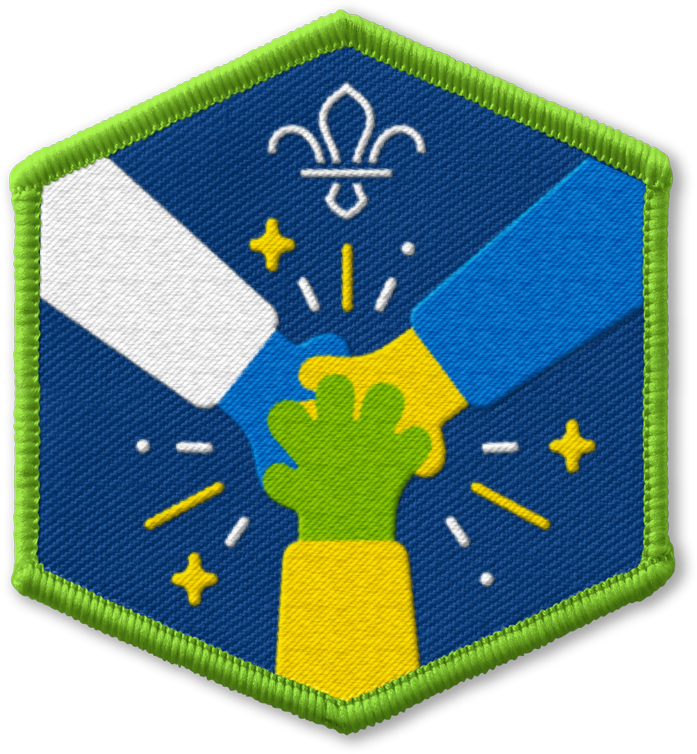
Play I went to market and I bought
Before you begin
- Use the safety checklist to help you plan and risk assess your activity. Additional help to carry out your risk assessment, including examples can be found here. Don’t forget to make sure all young people and adults involved in the activity know how to take part safely.
- Make sure you’ll have enough adult helpers. You may need some parents and carers to help if you’re short on helpers
Setting up this game
- You might want to come up with a list of ideas of items people could buy and make a few copies to share around the circle.
Play the game
- Everyone should sit in a circle. The first player begins by saying, ‘I went to market and bought a ___,’ adding an item they would buy. For example, ‘I went to market and bought an apple.’
- The next player in the circle continues, adding an item of their own. They should say ‘I went to market and bought [insert the name of the first player’s item] and a [adding a new item purchased].’
- For example, ‘I went to market and bought an apple and a water bottle.’
- Taking it in turns, each player around the circle continues to add to the list of shopping items.
- Any player who makes a mistake is out.
- Keep going until there’s only one person left, who can be declared the winner!
Reflection
This game was all about having fun and remembering things. People also had to try to listen and remember what had been said, as well as use your imagination to come up with something to add on.
Think about how you remembered everything. How did you listen to the people before you? Did you have a method for remembering all the items? Did anything work well and help you? What would you do differently if we played again?
You had to use your imagination to choose items to add onto the list. How did you choose what to add on next? Did you look around the room? Did you choose something easy or something harder to try to trick people?
Safety
All activities must be safely managed. You must complete a thorough risk assessment and take appropriate steps to reduce risk. Use the safety checklist to help you plan and risk assess your activity. Always get approval for the activity, and have suitable supervision and an InTouch process.
- To make this game easier, you could think of an action to do with each item to help people to remember them.
- To make this game harder, for people could choose two items instead of one to say, therefore making the list longer.
- This game can be played sitting or standing – whichever way works best for everyone.
- Take time and have patience while telling everyone what to do. Give short instructions clearly and concisely. If you need to, pause, then repeat the same instruction using the same words. You could have visual resources to explain the game or a printed copy of the instructions for anyone who may need them.
- People who struggle with making choices could find all the options a bit overwhelming, so they might need extra support or to work with a young leader/volunteer to be able to choose what they buy from market. You could have a list of ideas for people to choose from.
- People could work in pairs in this activity, rather than playing individually, so everyone can be supported.
- You may want to restrict choices to images on a pack of visual picture cards. They could be placed in front of everyone to see. They may help some people know what’s been chosen, too. When an item’s chosen, you could hold the chosen card up to the group for them to and say the item aloud.
- You could have a practice round of the game to make sure everyone knows what they’re doing. Let young people help explain to each other what to do, too.
- Make sure any individual with hearing loss can clearly see the person speaking, as they may find it helpful to read lips or body language. An adult could repeat what has been said, so everyone can hear the item.
All Scout activities should be inclusive and accessible.


